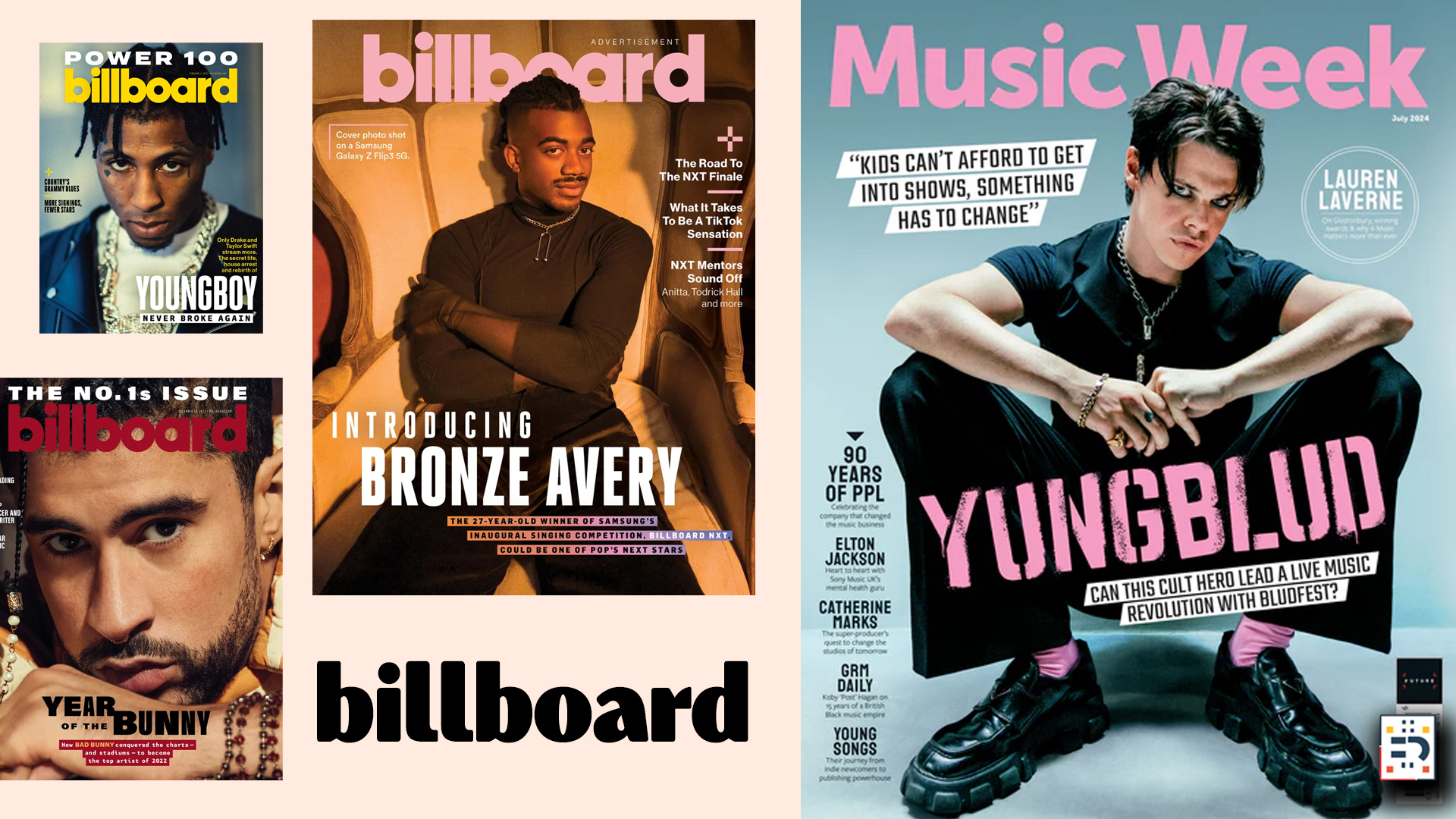For over a century, Billboard Magazine has stood as the definitive authority on music and entertainment in the United States. From its humble beginnings as a trade publication to its current status as a global digital powerhouse, Billboard has consistently shaped and reflected the US music industry, providing invaluable insights through its iconic charts, news, and events.
A Century of Influence: The History of Billboard Magazine
Founded in Cincinnati, Ohio, on November 1, 1894, by William H. Donaldson and James Hennegan, Billboard began as “Billboard Advertising.” Its initial focus was far removed from music, covering the burgeoning world of bill posters and outdoor advertising. However, as the entertainment landscape evolved, so did Billboard. The magazine soon broadened its scope to encompass traveling circuses, fairs, and vaudeville acts, becoming a vital resource for entertainers on the road.
The true turning point arrived with the rise of recorded music and radio. Recognizing the shifting tides, Billboard began publishing rudimentary music charts in the 1930s. The pivotal moment came on July 27, 1940, with the debut of the “Billboard Music Popularity Chart,” a comprehensive listing that laid the groundwork for the industry-standard charts we know today. By the 1960s, Billboard had fully dedicated itself to music, solidifying its position as the ultimate record-keeper of hits.
The Pillars of Popularity: Iconic Billboard Charts
At the heart of Billboard’s enduring influence are its meticulously compiled charts, which provide an objective measure of song and album popularity across various genres.
- The Billboard Hot 100: This is arguably the most recognized and influential singles chart in the world. Introduced on August 4, 1958, the Hot 100 ranks the best-performing songs in the US by integrating physical and digital sales, radio airplay, and audio/video streams from online digital music platforms. Its methodology, constantly refined to reflect changes in music consumption (such as weighting of streams and evolving radio metrics), remains the industry benchmark. For the latest rankings and to see which songs are currently dominating, explore the Billboard Hot 100 Official Chart.
- The Billboard 200: This chart tracks the most popular albums in the US, based on multi-metric consumption measured in album-equivalent units. These units comprise traditional album sales, track equivalent albums (TEA – where a certain number of individual digital track sales from an album count as one album unit), and streaming equivalent albums (SEA – where a specific number of ad-supported or paid/subscription on-demand official audio and video streams from an album’s songs count as one album unit). The Billboard 200 offers a comprehensive look at album success. Discover the current top albums on the Billboard 200 Official Chart.
Beyond these flagship charts, Billboard offers a vast array of genre-specific rankings, from Hot R&B/Hip-Hop Songs and Hot Country Songs to Latin and Rock charts, ensuring comprehensive coverage of the diverse American music landscape.
Artists Making Waves: The Case of YUNGBLUD
An excellent example of an artist who consistently garners attention on Billboard’s platforms is the British singer, songwriter, and multi-instrumentalist Dominic Harrison, better known as YUNGBLUD. Known for his genre-bending blend of alternative rock, pop-punk, and hip-hop, coupled with fiercely outspoken lyrics on social issues, YUNGBLUD has frequently appeared on various Billboard charts, including the Alternative Albums chart and the Hot Rock & Alternative Songs chart. His energetic performances and dedicated fanbase often translate into strong chart performances and significant engagement across Billboard’s digital properties, highlighting how the magazine continues to track and amplify artists who resonate with contemporary audiences.

Celebrating Excellence: The Billboard Music Awards
Further solidifying its impact, the Billboard Music Awards (BBMAs) stand as a testament to artists’ achievements based directly on their performance on the Billboard Charts. Unlike other music awards decided by votes or critical acclaim, the BBMAs uniquely reflect commercial success and fan engagement. This annual event serves as a major platform for celebrating top artists and showcasing the year’s musical triumphs. Learn more about these prestigious honors at the Billboard Music Awards Official Site.
Billboard’s Evolution in the Digital Age
In an era dominated by digital media and streaming, Billboard has demonstrated remarkable adaptability. The transition from print-centric to a robust online presence has been crucial to its sustained relevance. Billboard.com now serves as the central hub for real-time chart updates, breaking music news, insightful analysis, and in-depth artist interviews. The magazine’s digital strategy includes leveraging platforms like TikTok for artists and optimizing content for mobile consumption, ensuring its continued reach and influence in a rapidly evolving music consumption environment.
Why Billboard Matters: Its Enduring Impact
Billboard’s influence extends far beyond mere record-keeping. It serves as an undeniable industry standard for measuring musical success, providing a transparent and consistent metric for artists, labels, and fans alike. Its charts act as a cultural barometer, reflecting shifts in popular taste and consumer behavior. For aspiring and established artists, achieving a spot on a Billboard chart can be a career-defining moment, offering unparalleled recognition and exposure within the competitive US music industry.
As the music world continues its rapid evolution with new technologies and consumption habits, Billboard Magazine remains an indispensable force. Its commitment to accurately charting popularity and providing authoritative industry insights ensures its continued legacy as the definitive voice of music. To delve deeper into the world of music, visit the Billboard Official Website.


